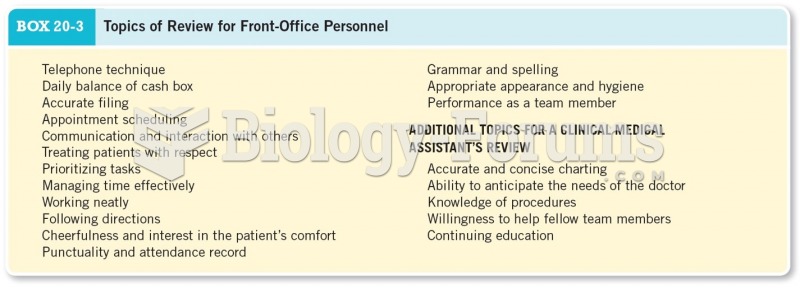Answer to Question 1
Nowicki compiled 12 qualities that he believes are imperative for entry-level police officers:
1 . Enthusiasm. Believes in what he or she is doing and goes about it with a vigor that is almost contagious.
2 . Good communications skills. Highly developed speaking and listening skills; ability to interact equally well with people from all socioeconomic levels.
3 . Good judgment. Wisdom and analytical ability to make good decisions based on an understanding of the problem.
4 . Sense of humor. Ability to laugh and smile, to help officers cope with the regular exposure to human pain and suffering.
5 . Creativity. Ability to use creative techniques by placing themselves in the mind of the criminal and legally accomplishing arrests.
6 . Self-motivation. Making things happen, proactively solving difficult cases, creating their own luck.
7 . Knowing the job and the system. Understanding the role of a police officer, the intricacies of the justice system, what the administration requires, and using both formal and informal channels to be effective.
8 . Believing they are good officers, having the self-confidence that enables them to solve difficult crimes.
9 . Courage. Ability to meet physical and psychological challenges, thinking clearly during times of high stress, admitting when they are wrong, and standing up for what is difficult and right.
10 . Understanding discretion. Enforcing the spirit, not the letter, of the law; not being hardnosed, hardheaded, or hard-hearted; giving people a break and showing empathy.
11 . Tenacity. Staying focused; seeing challenges, not obstacles; viewing failure not as a setback but as an experience.
12 . Thirst for knowledge. Staying current on new laws and court decisions, always learning.
Answer to Question 2
1 . Have one leader in charge of the entire recruiting process, from marketing, to testing, to background investigation through academy training.
2 . Consider the academy dropout rate: Are recruiters signing up the most-promising candidates for the academy?
3 . Publicize hiring campaigns on business cards, use department vehicles as billboards, and make the agency websites more effective by emphasizing the positive reasons for joining (rather than focusing on the challenges faced by police officers).
4 . Limit recruiting trips to locations where candidates are likely to be found, such as areas with economic difficulties; out-of-town recruiting trips are generally not effective.
5 . Look at the academy program to see if something is hindering diversity and in effect washing out candidates, particularly those whose native language is not English.
6 . Make the department's recruiting efforts focus on the positives of police work such as job security, the satisfaction of public service, and superior pay and benefits; too often, they emphasize the challenges involved in becoming a police officer.
7 . Use bonuses for officers who refer candidates to the academy.
Include an online sample test on the agency website to give recruits an idea of the types of questions they will be facing.
8 . Allow other standardized tests such as the Armed Services Vocational Aptitude Battery to substitute for the police department's own written test; this will speed the acceptance process.







